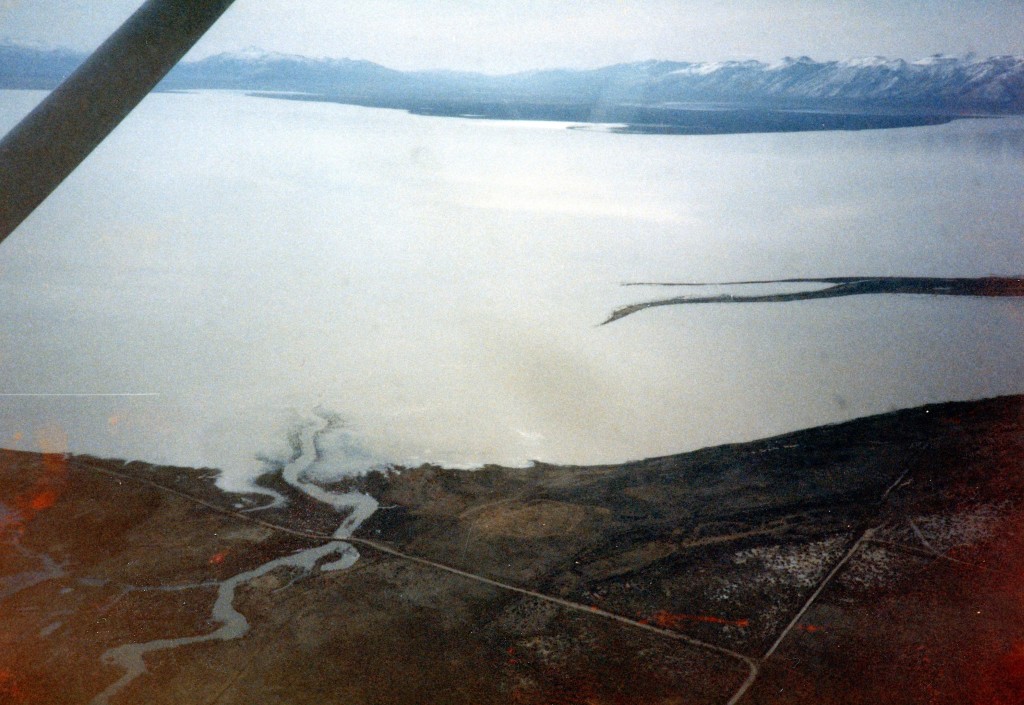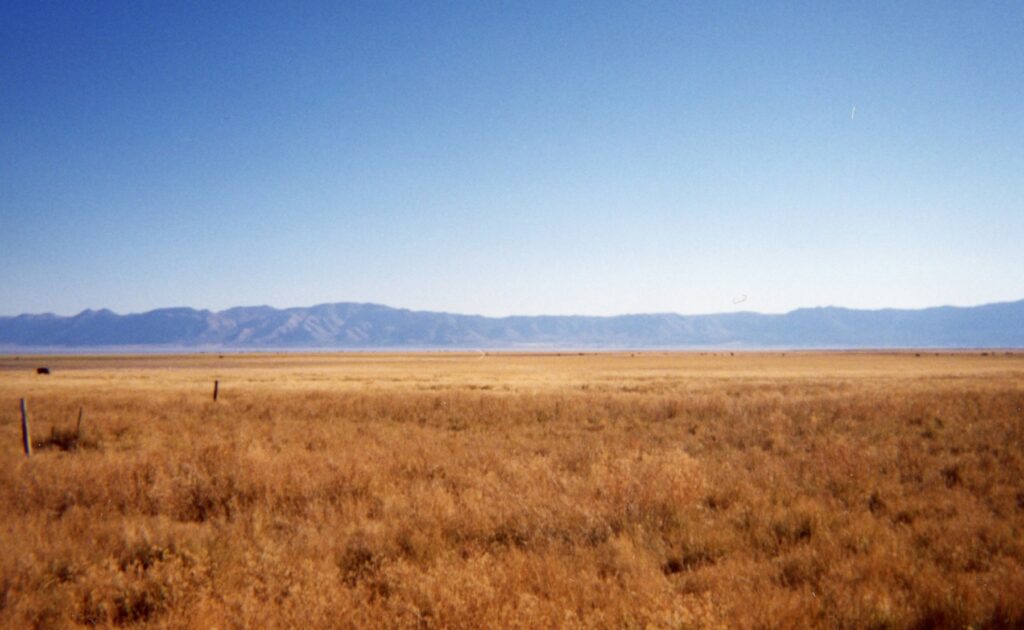
The winter of 1861-62, is one for the record books for the entire West Coast.. The epic rains throughout California lasted over forty days. Thankfully, the A.L. Tunison diaries provide a glimpse of what happened locally and elsewhere.
The previous two winters had been dry. By the end of November 1861 there was a foot of snow in the Honey Lake Valley. Then on December 8 and 9, heavy rains began. On December 18, Tunison received news of flood damage elsewhere and writes, “Good flood in Sacramento Valley. Water 15 feet deep in Sacramento City. Boats run on Main Street in Marysville. Great many cattle lost. Slide on Sierra Nevada Mountain at Washoe covered up a quartz mill, injured two men, killed another. Two bridges gone on the Truckee River.”
The storms continued, some reports it stormed for 43 days. On December 27, when Tunison left Z.N. Spalding’s place near Johnstonville, he had to wade in waist deep water for some distance to reach higher ground.
On January 5, Tunison reports 8 inches of snow on the ground. Then it started raining. On January 9, Tunison wrote, “Rained nearly all day. At night water raised so high that in run into our tent, consequently had to move camp and had to wade to our knees to pitch tent on an island.”
The rain and snow conditions continued. On January 18, Tunison wrote, “When I went to bed it was snowing, it was 14 inches deep. This morning it is raining. E.G. Bangham returned last evening. He said the weather has been very wet in the vicinity of Virginia City. Considerable damage done to the mills on the Carson River. From seven to ten lives lost by drowning. Truckee River is ten miles wide in places.” It was not until early April when the storms finally ceased.

The greatest floods in California, was followed by one of its most severe droughts. In 1863-64, four inches of snow fell in Susanville in November. That was the extent of precipitation for the entire winter. Estimates vary, though many state 70% percent of California’s livestock perished that year from starvation. One of the lasting effects regionally, was Sacramento Valley ranchers began herding their livestock to the mountains for summer grazing and some beyond all the way to Idaho.
For the next couple of winters, it seemed as though the weather stabilized. Not so fast. The winter of 1867-68 witnessed heavy precipitation and Honey Lake flooded many surrounding ranches, that were not prepared. For a time residents could breathe a sigh of relief in the 1870s, though there were some horrific winters.
From one perspective,Honey Lake’s level is a good indicator whether it was a heavy, moderate or dry winter.